At the Northwest Overlook, the highest point on the island, looking out over the river as far as the Statue of Liberty, I listened to Overhear: A Conversation, written by Brian Quijada, in which he and his brother Marvin Quijada portrayed brothers Brian and Marv visiting New York, looking forward to the city’s “fine dining” and to Broadway, to which Marv hoped to make it big.
“You can’t act or dance!” Brian bellows.
“But I can sing,” Marv replies, and he lets out a whale of a song—because the two brothers are whales.
“I’m a double threat… Singing and swimming!”
“Land fish don’t care about swimming,” Brian says, referring to humans.
Brian Quijada came up with the idea for the play after watching a documentary about the reaction of animals to the absence of humans in the outdoors. “It’s altered their lives,” the playwright tells me later. “Dolphins returned to Venice canals, whales returned to New York waters. It’s been an incredible year where animals didn’t have to deal with humans.”
Of course, human lives have been altered too. Quijada acknowledges that his short play “might fall in a more linear theatrical narrative” than much of the new work that has emerged. “What’s beautiful about this time is that a lot of theatregoers are very hungry, they want to experience a return to theatre in a way that is a little more adventurous, and in short bursts.”
It is presumably avid theatregoers who have been flocking to theatre this summer, including to PigPen’s festival, which was organized by a group of artists who call themselves a theatre company, and yet the festival promised storytelling, not theatre. I remember how PigPen’s Arya Shahi had introduced the poets: “The folks who were doing this first. Word for word, pound for pound, poets are the purest storytellers that we have.”
I wondered, then, what he saw as the relationship between storytelling and theatre. “I love this question; it’s something we’ve thought about for a very, very long time,” Shahi said, when I got a chance to talk with him and fellow company member Matt Nuernberger. “We are all trained as actors but very quickly realized that the tools of storytelling are broad and diverse.” Over the years, they individually and collectively have been inspired by everything from music to poetry to animation to novels. For their festival, they said, “We’re experimenting with the form.”
“Is this experimentation connected to the pandemic?” I asked. Would they have done a different festival if there had been no COVID-19 lockdown?
According to Nuernberger, the festival did change direction, “After everybody had been in their apartment alone for over a year, we leaned away from curation and more towards the festival as a celebration,” he said. “That also changed a bit the kind of artists we were featuring, and we leaned more into music.”
I told them about the theatre I’d been attending over the summer, which I see as being different from the pre-pandemic past, and at least in part in response to the pandemic—if nothing else, an adjustment for social distancing.
“I absolutely see what you’re seeing,” Shahi said. “I think it has to do with two different things. It has to do with artists’ personal comfort levels and how they want to reengage with their craft, and then it has to do with the bigger societal discussion of how we want to tell stories.” He added:
"I think people’s imaginations are kind of on fire because we have been cooped up for so long. Theatre is a very traditional art form. It is based on ceremony. It’s based on a routine. And I think that’s one of the things that we all love about it. That being said, I do think that there is a new energy, there’s a new kind of way of engaging with live performance that is very exciting. You see all these non-traditional spaces opening up because of what happened in 2020, because of the economy, because there are more spaces available to artists to take over."
Whether or not what’s happening in the summer of 2021 as a result of 2020 will persist to 2022 and beyond is anybody’s guess.

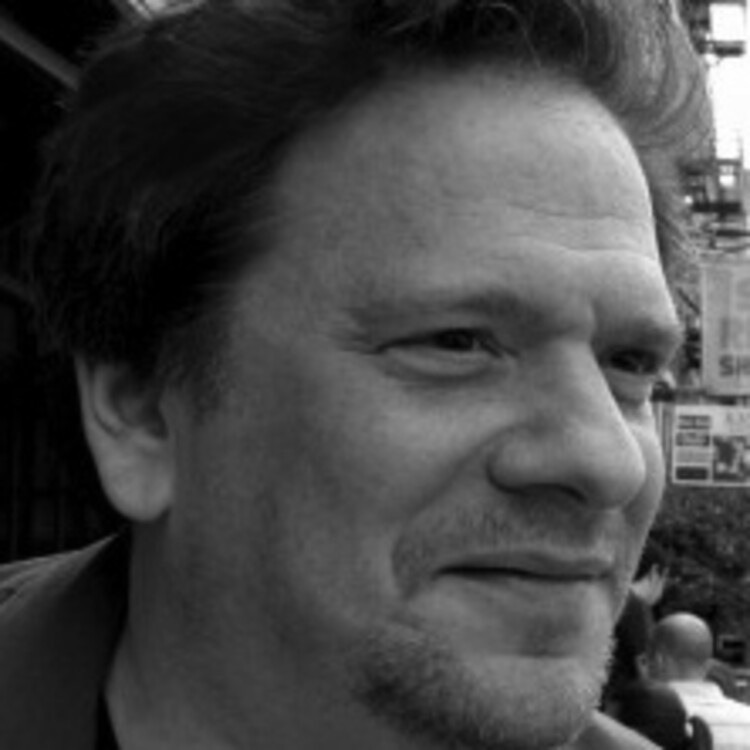
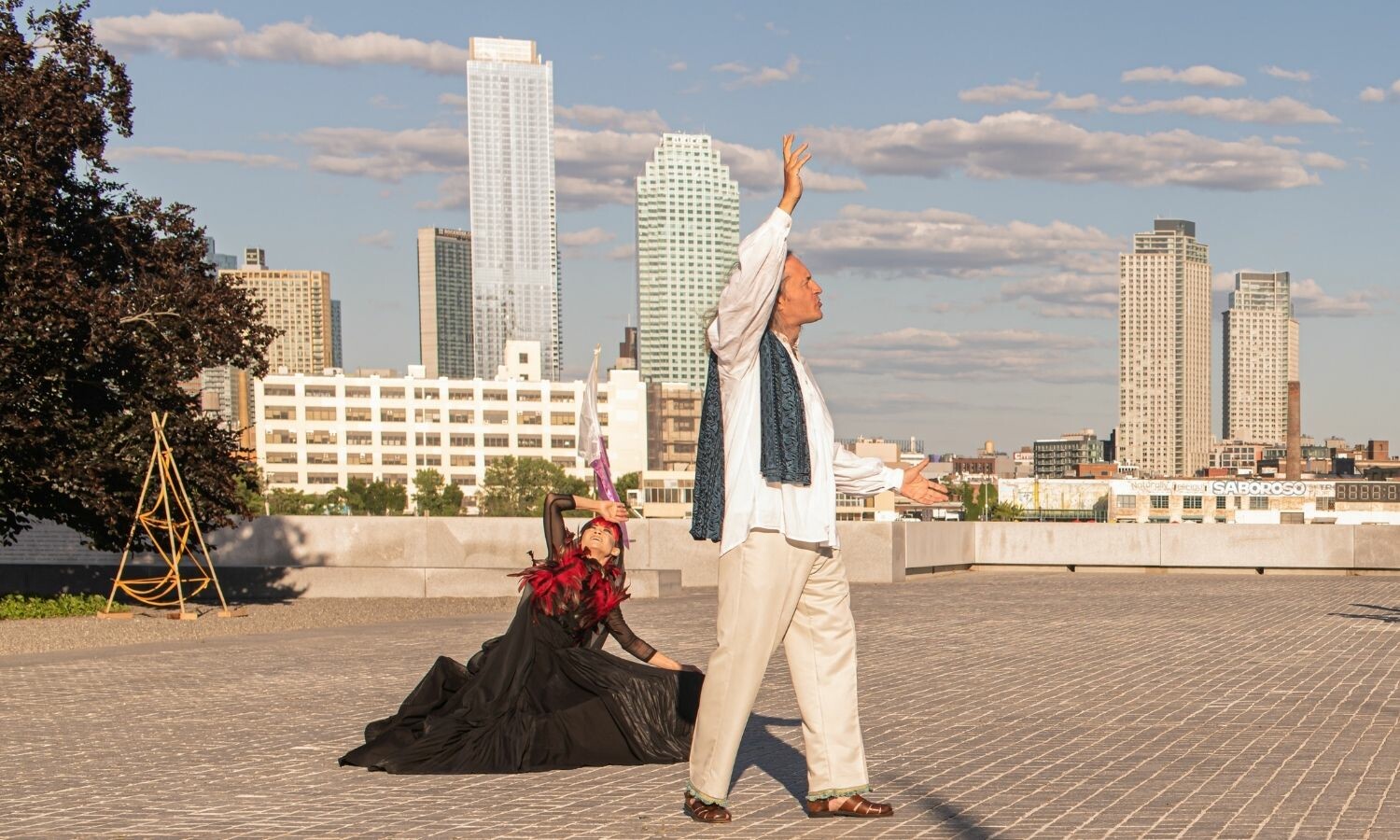
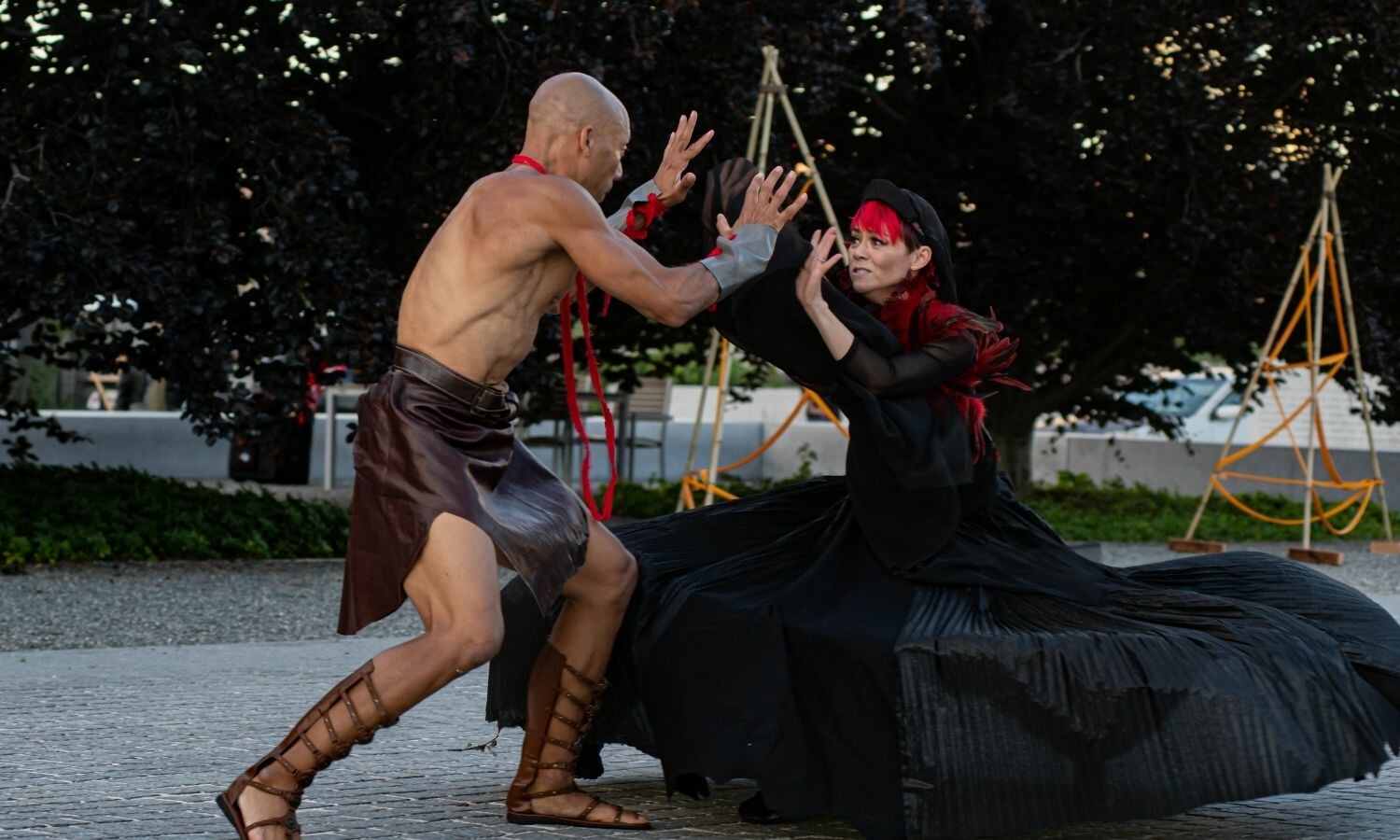
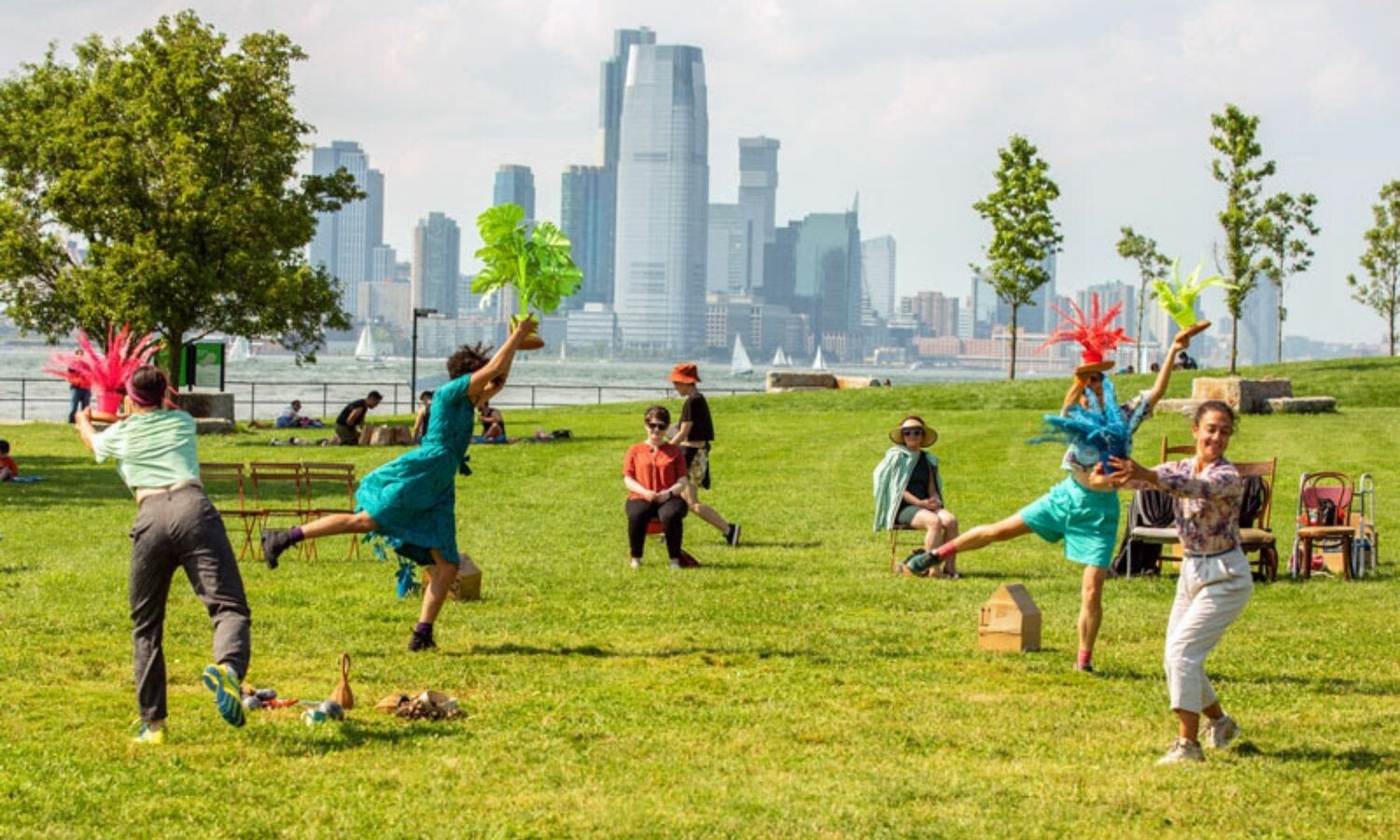
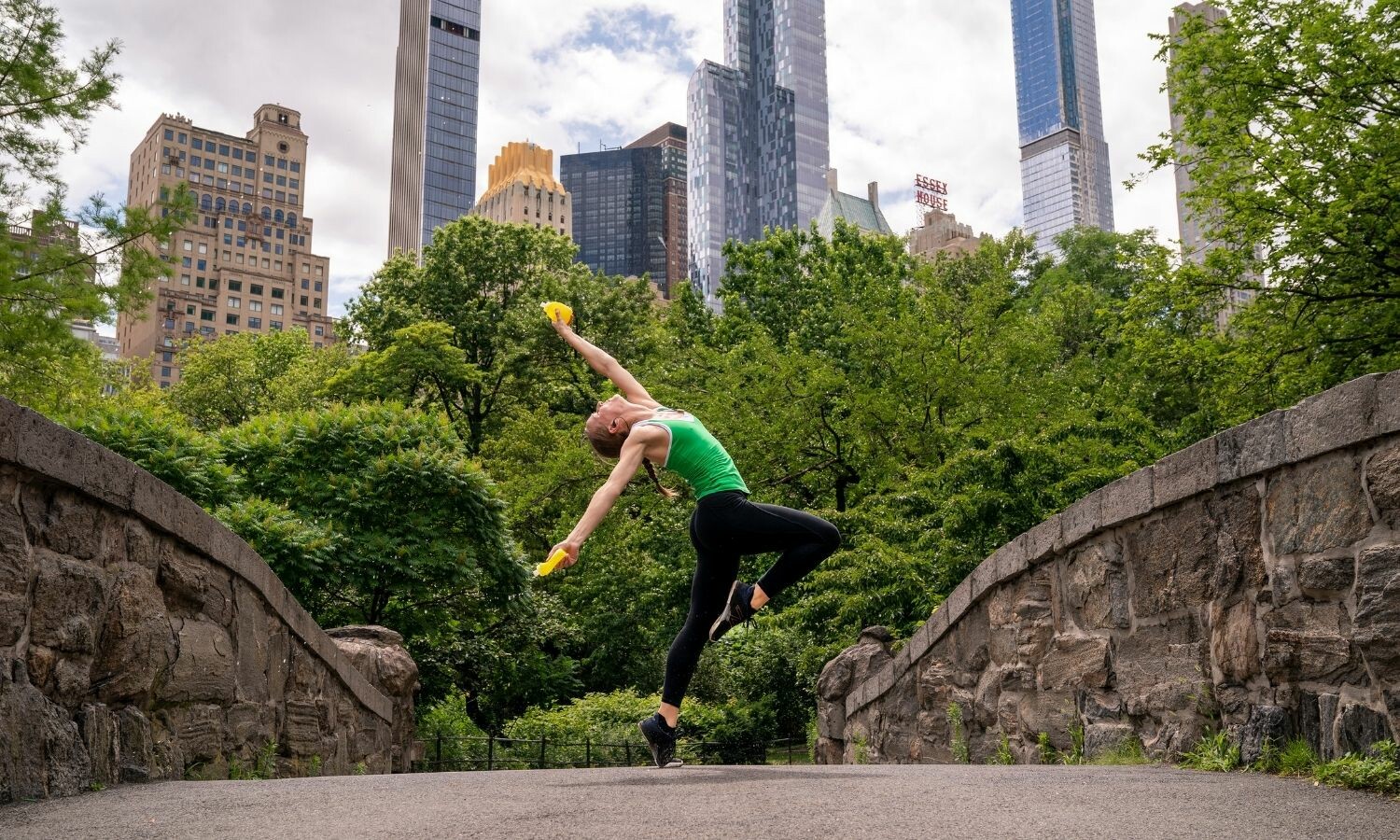
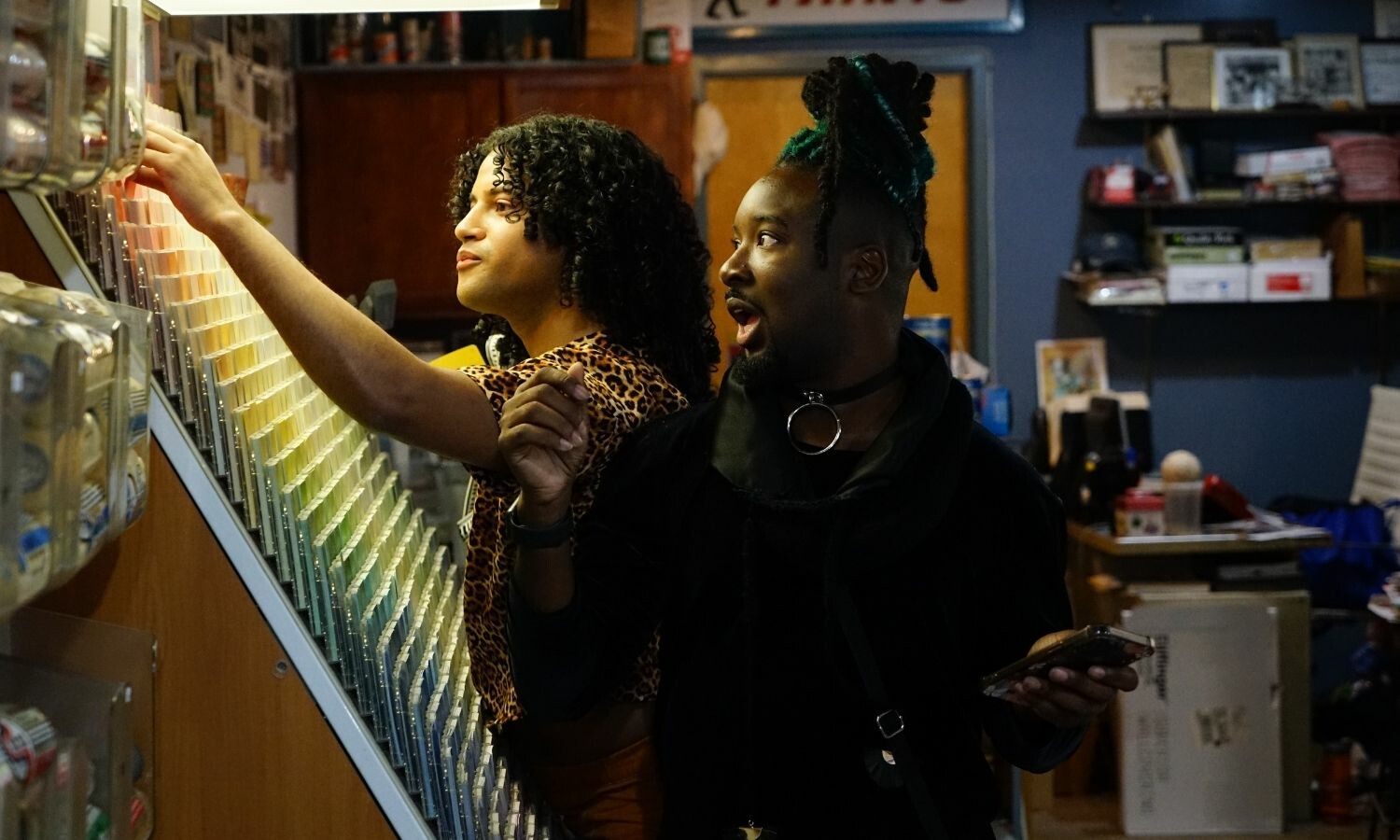
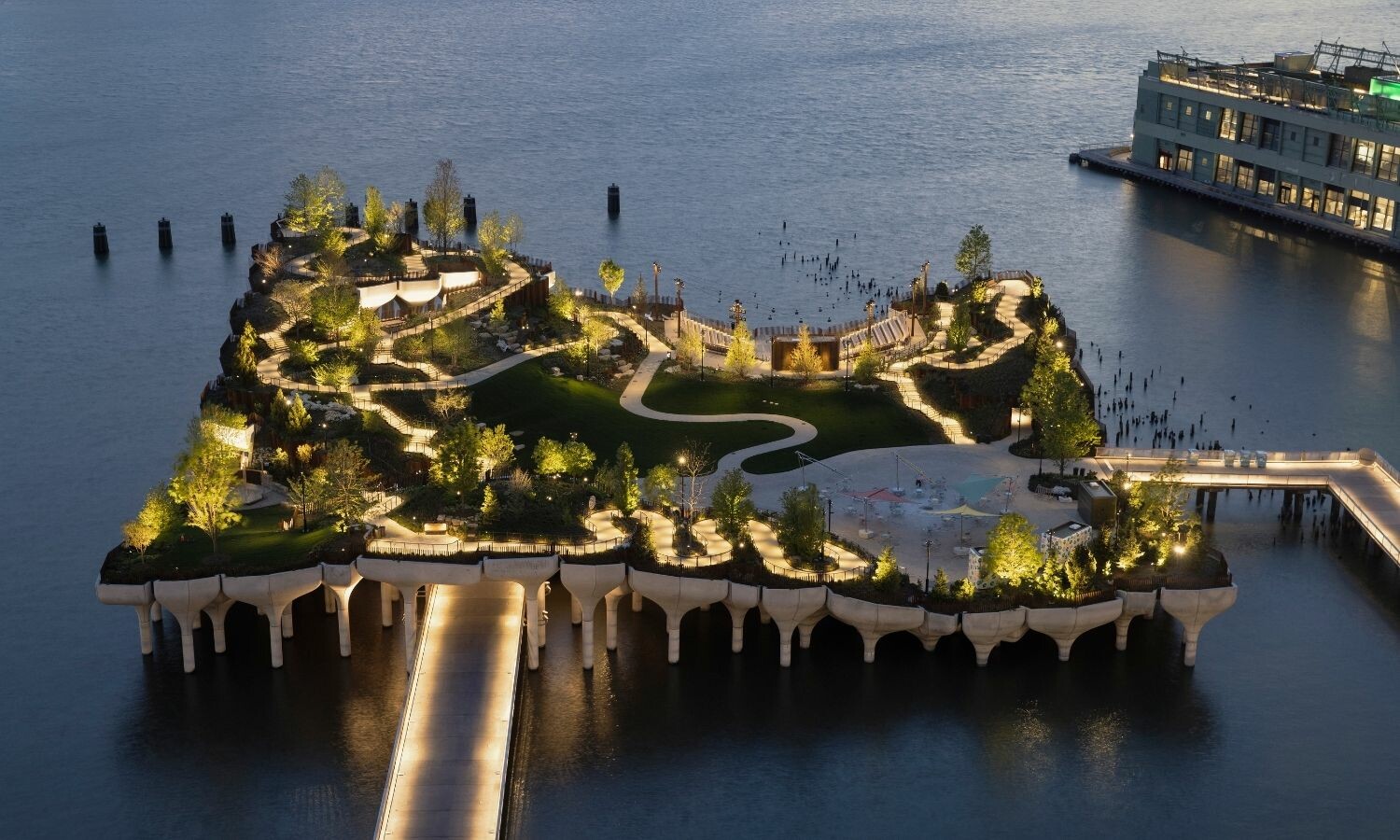




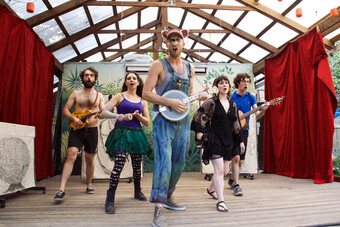
Comments
The article is just the start of the conversation—we want to know what you think about this subject, too! HowlRound is a space for knowledge-sharing, and we welcome spirited, thoughtful, and on-topic dialogue. Find our full comments policy here